

The Ultimate Guide to Banana Planters: Techniques, Benefits, and Tips
Introduction
Banana planters are innovative gardening solutions. They use banana trunks as unique planting mediums. This method not only recycles waste but also enriches the soil. As more people seek sustainable practices, banana planters are gaining attention. They serve a dual purpose: providing nutrients while supporting plant growth.
And speaking of enriching your garden, have you checked out some organic compost? It’s like a superfood for your plants! Rich in nutrients, it can help your garden flourish and keep your soil happy.
Summary and Overview
A banana planter refers to a planting technique using banana trunks. Gardeners and farmers primarily use this method for growing vegetables and herbs. One significant advantage is the water retention of the banana trunk. It helps plants thrive even during dry spells. Moreover, as the trunk decomposes, it releases essential nutrients into the soil.
The popularity of this technique is on the rise. Many gardeners appreciate its innovative approach to planting. In this article, we’ll cover the process of setting up banana planters, their benefits, potential concerns, and practical tips for successful use. Whether you’re a novice or an experienced gardener, you’ll find valuable insights here.
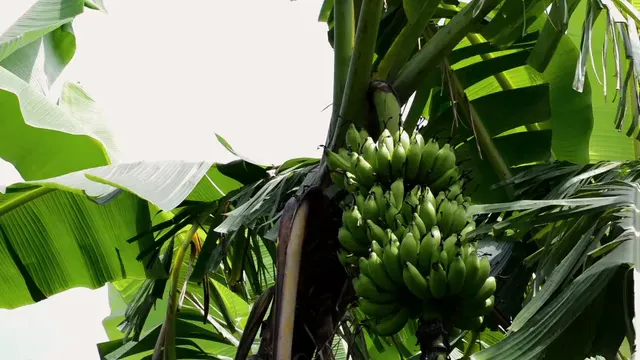
Benefits of Using a Banana Planter
Nutrient-Rich Environment
Using banana trunks in planting creates a rich nutrient source. As banana trunks decompose, they release organic matter into the soil. This process enriches the soil and enhances its health. Organic materials like banana trunks can improve soil health by over 30%, according to various studies. The nutrients from the decomposing trunk feed your plants, ensuring they grow strong and healthy. You won’t need to rely solely on chemical fertilizers, making this method great for eco-friendly gardening.
Speaking of organic materials, have you ever tried organic plant food? It’s like a multivitamin for your plants, giving them that extra boost they need to grow vibrant and strong!
For more information on how to improve soil health, check out this guide on composting basics for improving soil health.
Water Retention
Banana trunks have impressive water retention capabilities. They can hold moisture, which is crucial during dry spells. This trait helps maintain consistent hydration for your plants. When the trunk is hollowed out and positioned correctly, it acts like a reservoir. Plants such as tomatoes, peppers, and herbs thrive in banana planters. They benefit from this moisture, even in challenging weather conditions. Your garden can stay lush and productive, even when rainfall is scarce.
If you’re serious about keeping your plants hydrated, consider getting a moisture meter. This handy gadget takes the guesswork out of watering, ensuring your plants get just the right amount of hydration.
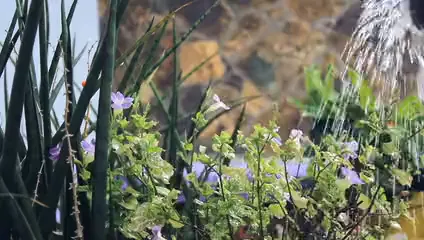
Setting Up Your Banana Planter
Choosing the Right Banana Trunk
Selecting a healthy banana trunk is essential for success. Look for trunks that are firm and free from rot or pests. A trunk that is at least 3 to 4 feet tall works best. The age of the trunk is also important; aim for one that has recently produced fruit. This ensures that the trunk still has plenty of nutrients to offer. Pay attention to the trunk’s diameter, as a thicker trunk retains more moisture.
While you’re at it, don’t forget to grab some gardening gloves! Protect those precious hands while you dig in the dirt and create your green masterpiece.

Preparation Process
Preparing the banana trunk is straightforward. Start by cutting the trunk to your desired height. Use a sharp saw for a clean cut. Next, hollow out the trunk using a drill or a hole saw. Create holes for seedlings, spacing them about 12 inches apart. Ensure the holes are deep enough to support plant roots. Position the trunk horizontally in your garden to maximize sunlight exposure. Choose a location with good drainage to prevent waterlogging. Finally, fill the trunk with a quality potting mix before planting your seeds or seedlings. This preparation sets the stage for a thriving garden.
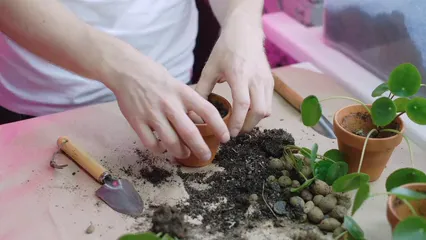
Planting Techniques
Selecting Plants for Your Banana Planter
When choosing plants for your banana planter, consider vegetables and herbs that thrive in moist conditions. Some great options include tomatoes, peppers, lettuce, basil, and cilantro. These plants flourish with the nutrients released from the decomposing banana trunk.
Here’s a quick list of compatible plants and their growth needs:
- Tomatoes: Require full sun and consistent moisture.
- Peppers: Prefer warm temperatures and well-drained soil.
- Lettuce: Thrives in cooler weather and requires regular watering.
- Basil: Needs full sun and plenty of water.
- Cilantro: Prefers cooler climates and regular hydration.

For optimal growth, space seedlings about 12 inches apart. This distance allows each plant to access sunlight and nutrients without overcrowding. You can arrange taller plants in the back and shorter ones in front to create a visually appealing layout.
Planting Process
To plant seedlings in your banana trunk, start by hollowing out the center. Use a drill or a hole saw to create holes for your seedlings. Make sure the holes are deep enough to support the roots.
Once planted, watering is crucial. Initially, water your seedlings daily to help them establish. After the first week, you can reduce watering frequency based on moisture levels.
Monitoring your plant health is essential. Keep an eye out for yellowing leaves or wilting, which can indicate overwatering or nutrient deficiencies. Adjust your care routine accordingly to ensure a thriving garden. Regular check-ins will help your plants flourish in the banana planter.
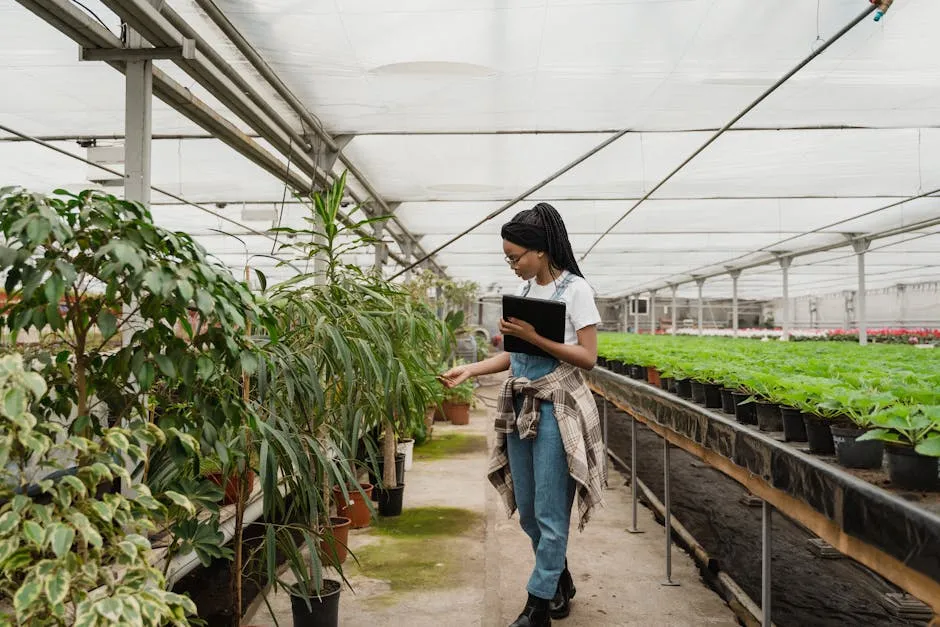
Potential Concerns and Challenges
Watering Needs
A common misconception is that banana trunks retain enough water for plants. While they do hold moisture, regular watering is still vital, especially during dry spells. The trunk may not supply sufficient hydration over time, so check your plants frequently.
To monitor moisture levels, stick your finger into the soil about an inch deep. If it feels dry, it’s time to water. Consider using a moisture meter for more accurate readings. This tool can help you understand when your plants need hydration.
Speaking of hydration, have you thought about using a watering can? It’s a classic tool that makes watering your plants a breeze and helps you get just the right amount of water to those thirsty seedlings!
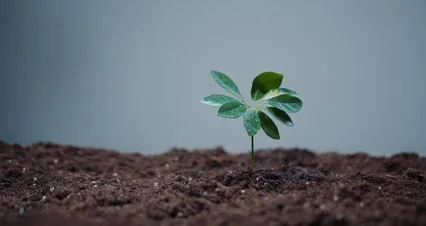
Nutrient Lock-Up
Nitrogen lock-up can be a concern when using banana trunks. This happens when nitrogen becomes unavailable to seedlings during decomposition. It can slow growth and lead to nutrient deficiencies.
To mitigate this issue, consider mixing organic compost with the soil in the trunk. This addition can enhance nutrient availability. Experts recommend using well-aged compost to support plant growth effectively. Studies show that organic materials can significantly improve nutrient release over time, making your banana planter even more productive.
For effective composting techniques, refer to this article on best companion planting techniques for vegetable gardens 2024.
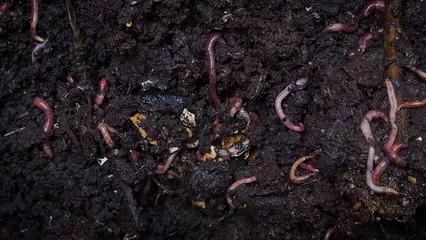
Monitoring and Maintenance
Observing Plant Growth
To ensure your banana planter thrives, regular checks are essential. Start by assessing the health of your plants. Healthy plants display vibrant green leaves and sturdy stems. If you notice yellowing leaves, it might indicate a nutrient deficiency. Overwatering can also cause leaf wilting and root rot.
Check your plants every week, especially during the growing season. This allows you to catch problems early. Keep an eye out for pests as well, as they can harm your plants quickly. Adjust your care routine based on what you observe to keep your garden flourishing.
Also, consider investing in plant labels! They’re a fun way to keep track of what’s growing in your garden and add a bit of personality to your planting space.

Long-Term Care
Maintaining your banana planter throughout the growing season is vital. Regularly add organic compost to enrich the soil. This boosts nutrient availability and helps your plants grow strong. When the growing cycle ends, it’s time to prepare for the next round.
Cut back the dead banana trunk and compost it. The decomposed material can be used to enhance the soil in your garden. This not only improves soil health but also minimizes waste. Utilize the nutrients from the trunk to give your next plants a head start. Embracing these practices will ensure your banana planter continues to thrive season after season.
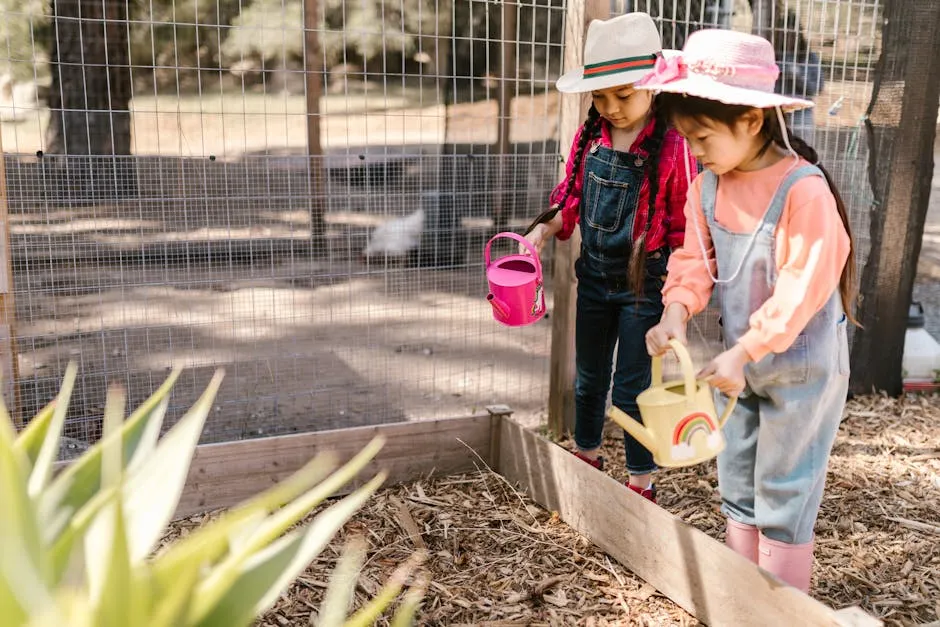
Conclusion
Using banana planters offers numerous benefits for gardeners. This technique not only recycles waste but also enriches the soil with nutrients. It promotes sustainable gardening practices, making it a great choice for eco-conscious individuals.
We encourage you to experiment with banana planters in your garden. You might be pleasantly surprised by the results. Remember, adopting sustainable methods is essential for the future of agriculture. Happy planting!
FAQs
What is a banana planter?
A banana planter is a unique gardening technique. It utilizes banana trunks as planting mediums. After a banana plant produces fruit, its trunk can be transformed into a planter. This method not only recycles the trunk but also enriches the soil as it decomposes. Gardeners appreciate this approach for its sustainability and resourcefulness. The nutrients released during decomposition support healthy plant growth. With the right care, banana planters can yield a variety of vegetables and herbs.
Can I use any type of banana trunk for planting?
Not all banana trunks are suitable for planting. Look for trunks that are firm, healthy, and free of rot. The ideal trunk should be around 3 to 4 feet tall and recently produced fruit. This ensures it still holds valuable nutrients. Thicker trunks are better, as they retain more moisture. Avoid using trunks that have been infested with pests or diseases. Selecting the right trunk sets the foundation for your banana planter’s success.
How often should I water my banana planter?
Watering frequency depends on several factors, including climate and plant type. Initially, water your banana planter daily to help seedlings establish. After a week, adjust based on moisture levels. Check the soil by inserting your finger about an inch deep. If it feels dry, it’s time to water. During hot or dry spells, you may need to increase watering frequency. Consistent monitoring ensures your plants receive the hydration they need to thrive.
What vegetables can I grow in a banana planter?
Banana planters work well for a variety of vegetables and herbs. Consider planting tomatoes, peppers, lettuce, basil, and cilantro. These plants thrive in the nutrient-rich environment created by the decomposing trunk. Tomatoes need full sun and consistent moisture, while peppers prefer warmer conditions. Lettuce thrives in cooler weather, and basil loves plenty of water. For best results, space seedlings about 12 inches apart to allow for growth and airflow.
Are there any downsides to using banana trunks for planting?
There are some challenges with using banana trunks as planters. One concern is nitrogen lock-up, which can delay nutrient availability for seedlings. This may slow growth initially. Additionally, while banana trunks retain moisture, they may not provide enough water over time. Regular monitoring is essential to ensure your plants receive adequate hydration. Addressing these challenges with compost and consistent care will help mitigate potential downsides and promote healthy growth.
Please let us know what you think about our content by leaving a comment down below!
Thank you for reading till here 🙂
All images from Pexels



